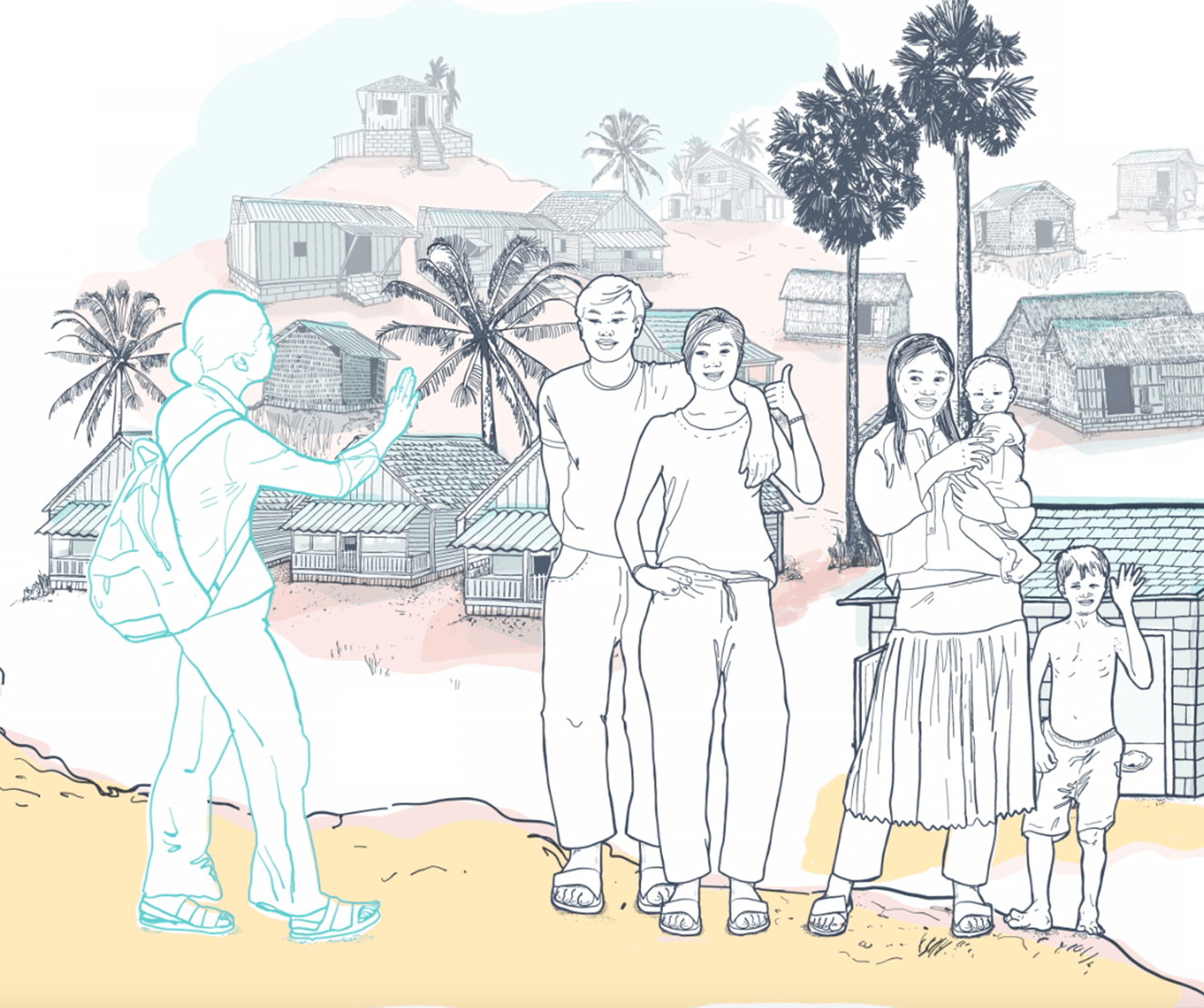Soon to be published in September 2023.
Using participatory video for empowerment in sanitation programming
04 September 2023



Additional details


Learn more about SLH Research
We use a range of research approaches, which aim to draw attention to urgent knowledge gaps, blind spots and emerging questions, often at a critical point in time, to support policy-makers, practitioners and partners in navigating and responding swiftly.




